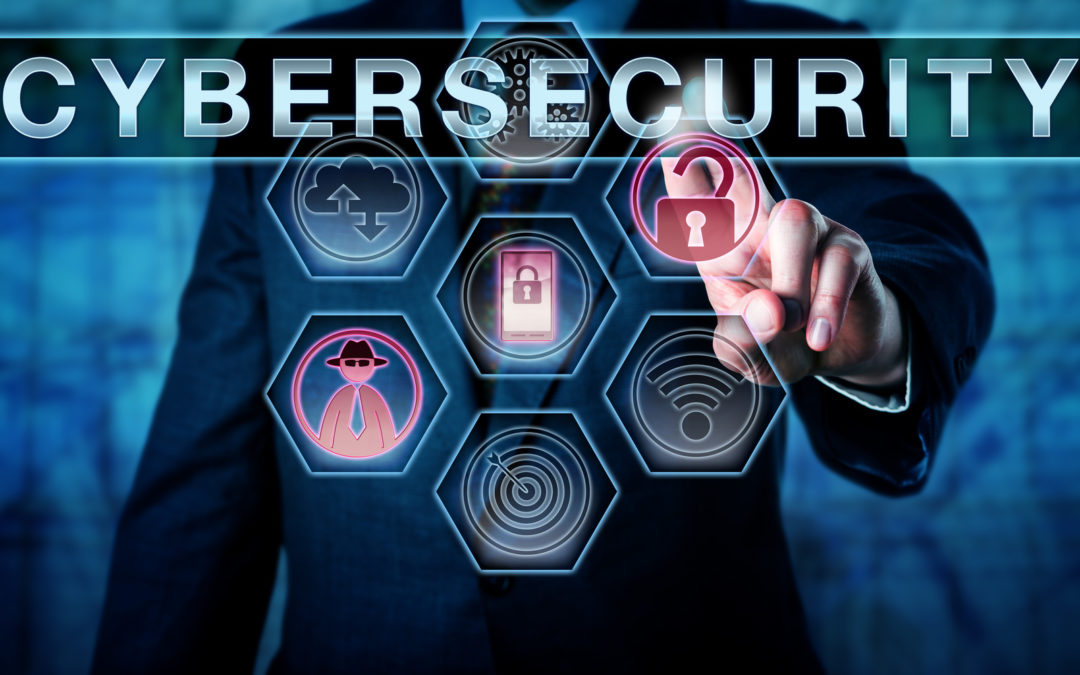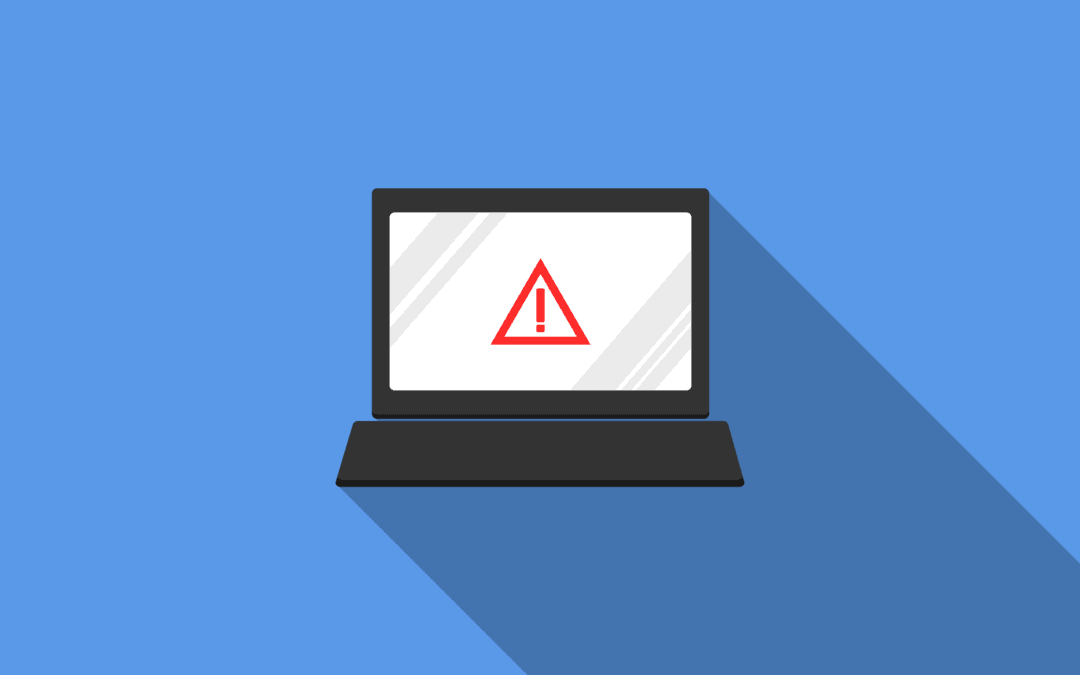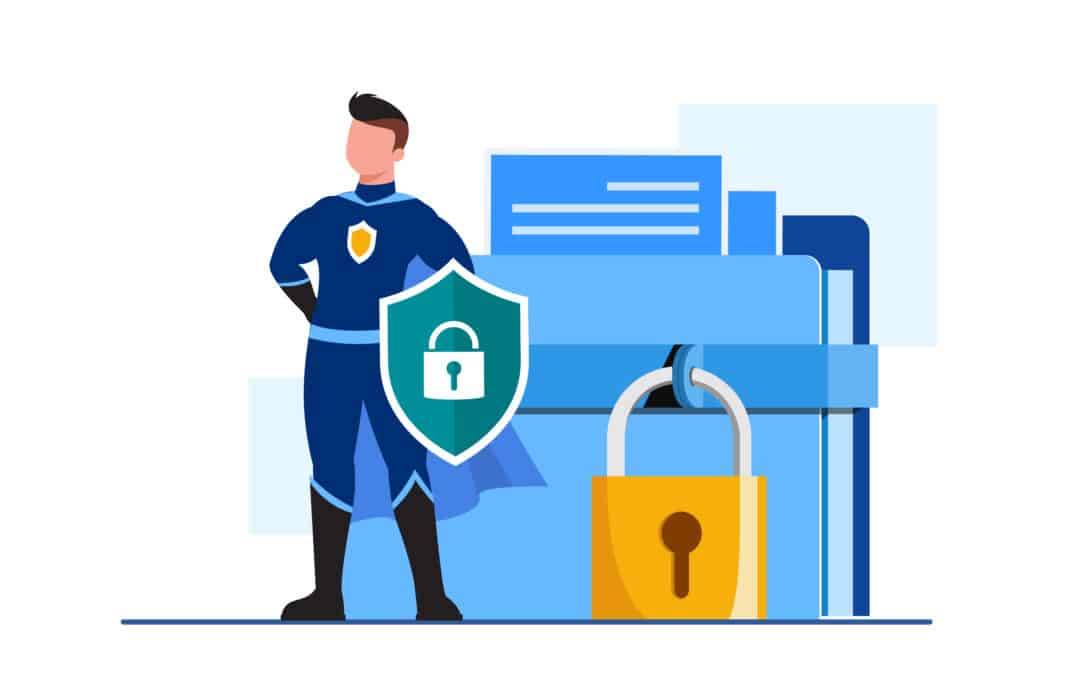Keeping your clients’ and your company’s data safe is one of your most important obligations as a business owner. How effectively you do this can have an impact on both your brand’s reputation and your ability to win new business. Proper endpoint protection is a vital part of a comprehensive security program. We’ve put together a guide to help you learn more.
Let’s dive in.
What Is Considered an Endpoint?
An endpoint is a physical device that is connected to a network. Typically this network is one that also has connectivity to the internet, but this is not always the case. As you might guess, smartphones and computers fall into this category.
However, there are other devices you must consider. These include:
- Servers
- Tablets
- Smartwatches
- Certain types of equipment (such as medical devices)
If you don’t have an inventory of all of the endpoints at your organization, it can be difficult to fully secure all of your devices.
Regardless of what device types your company uses, endpoints can function as points of entry for hackers and other cybercriminals. More specifically, these individuals target endpoints with their attacks in order to exploit security flaws.
What Is Endpoint Protection?
As the name suggests, endpoint protection is software that aims to prevent exploitation of security flaws and safeguard your endpoints and the confidentiality, integrity, and availability of data stored on them.
While the Internet is the main delivery vehicle for much of the malware in use today, endpoint protection also protects against offline threats. This includes things like attacks that originate from a compromised USB thumb drive.
Without a comprehensive threat protection plan in place for your endpoints, there’s a strong chance that one of your company’s devices will eventually be compromised. Even just one compromised device can lead to an eventual total disruption of your network.
What Common Threats do Businesses Face?
Unfortunately, even small businesses face a multitude of cyber threats. Every company is at risk in some form.
Let’s explore some of the most common threats that you need to keep in mind.
Viruses
Most of us are familiar with the concept of computer viruses. Although they might be an inconvenience to the ordinary user, they can be potentially catastrophic for an organization.
A virus is a type of malicious software that infects files on your device. It is then able to replicate itself after an infected program is executed.
This also means that viruses often require user input in order to function correctly. If you don’t actively download or open a suspicious file, there isn’t much opportunity for a virus infection to occur.
Viruses can also have a multitude of different effects. They might delete other files, shut down your computer, etc.
Bots
For those who are unaware, a bot is a program specifically designed to perform automated tasks. In normal circumstances, they can be fairly useful for handling certain responsibilities.
A chatbot, for instance, is a critical part of many lead generation strategies. This software communicates with potential customers and helps answer questions, guide them in the right direction, etc.
When a bot is maliciously installed onto a computer, the outcome is much different.
The hacker may use this type of software to compromise a machine for a specific purpose. A common incentive for hackers to utilize bots is to force other machines to mine cryptocurrency.
However, a bot can also be used to provide the hacker with information on the device.
To make matters even worse, a compromised computer could become a part of a botnet. This is a massive network of infected machines that hackers leverage to perform things like Distributed Denial of Service (DDoS) attacks.
Worms
Unlike traditional viruses, worms do not require user input in order to proliferate. This means that a machine that has been infected with a worm can rapidly experience problems.
As you might assume, worms can also quickly spread to other devices on the same network. This makes them much more dangerous than conventional computer viruses on average.
Trojans
Like the fabled Trojan horse, a Trojan is a type of malware that disguises itself as harmless. More often than not, it attempts to pose as a legitimate, well-known program.
For this reason, most Trojans are inadvertently downloaded while people are looking for software on the Internet. This is true for both legitimate and illegitimate sources.
For instance, a hacker could create a clone of a reputable software website that has a slightly different spelling in the URL. If users don’t realize they’ve made it to a fraudulent site, they could end up downloading malicious software (and even paying money for it).
Once the device has become infected with a Trojan, the program typically seeks to establish a backdoor. These are entry points for the hacker where they can easily access the device and procure data.
Ransomware
This type of malware is one of the most notorious.
When implemented, ransomware encrypts a user’s files and blocks access to them. The hacker then demands a certain payment amount, essentially holding the files for ransom.
This payment is also often required to be made in cryptocurrency in order to protect the identity of the hacker.
In the event that the ransom is not paid, the files are left encrypted indefinitely. In some cases, the hacker may even delete them.
Unfortunately, paying the ransom doesn’t guarantee that you will regain access to your files. In fact, the FBI recommends against doing so to prevent hackers from funding future attacks.
How Does Endpoint Protection Work?
Endpoint protection involves implementing certain layers of security in order to keep vulnerable devices within your company safe.
There are many marketing terms in use for endpoint protection, but generally endpoint protection solutions can be split in to two categories:
- Legacy Endpoint Protection – this is software that may detect malware based on signatures or other static matching methods. There may or may not be a centralized management console where threats are sent to and then investigated further by your IT team on a manual basis.
- Next-Generation Endpoint Security – this is sometimes called Endpoint Detection and Response (EDR), Extended Detection and Response (XDR), or Managed Detection and Response (MDR). Regardless of what it is called, the difference between these solutions and legacy endpoint protection is that these will monitor all of the activity on your computer and use some kind of Artificial Intelligence (AI) to determine what activity is malicious. More data is available for each threat, and these solutions are often backed by a Security Operations Center (SOC) which is staffed by highly trained specialists.
Another key feature of EDR is the ability to roll back a device to a previous, safe state. This is critical in the event of some highly destructive malware.
If a security incident occurs outside of work hours or on an endpoint that is outside of your office, alerts from a legacy endpoint protection solution may not be reviewed until hours later or the next day. Unfortunately, even just a few moments could be all that a hacker needs to cause widespread destruction or compromise crucial information.
What Should I Look For in Endpoint Protection Software?
There are certain elements you need to look for in top-tier endpoint protection software. One of the most important is the capability to detect zero-day attacks.
This refers to a situation where hackers exploit a security vulnerability that developers only recently learned about. In essence, they have “zero days” to resolve the issue.
This type of opportunistic attack is notorious for causing a large number of complications. For instance, a new software update to an application you use on a regular basis could have accidentally given hackers the opportunity to access company devices.
The software you choose should also implement active monitoring in order to minimize the amount of time that threats are able to go undetected.
It’s also worth considering software that implements automation and AI. These tools can significantly improve how effective the endpoint protection is.
Interestingly, many people neglect how important the user interface is when it comes to working with this type of software. If you aren’t able to fluidly navigate the application, you may have trouble making full use of it.
We proudly offer a comprehensive EDR tool that leverages a Security Operations Center (SOC). This is a team of dedicated staff members who constantly monitor and review any threats that arise.
However, the primary benefit is the full remediation guidance that our SOC is able to provide. Many entrepreneurs and IT teams find themselves left in the dark under most circumstances.
Our group of specialists can provide a comprehensive report of the situation as well as the recommended actions to take. Small business owners will find this utility particularly useful, as they may not have encountered a similar situation before.
Regardless of the size of your business, this can often mean the difference between suffering extended downtime and immediately putting a stop to the issue.
Proper Endpoint Protection Is Crucial
The good news is that implementing the best endpoint protection isn’t as complicated as it might seem. Ihloom Cybersecurity can help you implement EDR on all of your endpoints and ensure you are fully protected from the latest security threats.
Keep the above information in mind while moving forward so that you can make the decision that’s best for you.
Want to learn more about what we have to offer? Feel free to get in touch with us today and see how we can help.











0 Comments